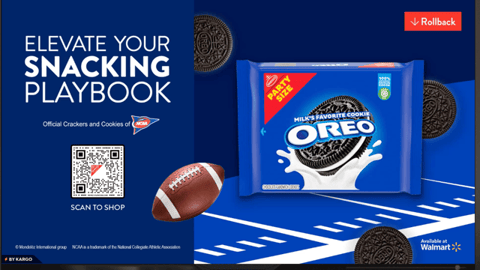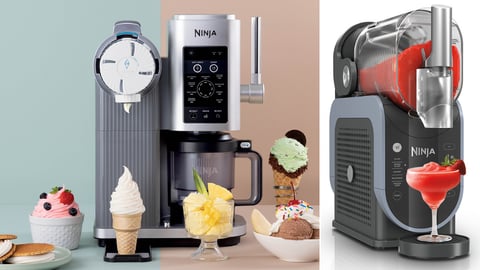Extending Retail Media Strategies to Maximize Success
Retail media in the U.S. is expected to hit $55 billion in 2024 (that’s about $1 in every $7 ad dollars going to retail media), according to eMarketer.
In order to truly maximize return on ad spend, brands must amplify their retail media buys across the customer journey, extend campaign reach and effectively measure results across channels.
As marketers navigate a variety of retail media networks (RMNs), here are four ways to extend their impact:
Reaching Customers Throughout the Shopping Journey
As shoppers hunt for value by frequenting multiple stores in a single shopping trip, marketers have adapted to meet consumer behaviors, spending nearly equal amounts on offline and on-premise ads in 2024.
A loyal Kroger customer who frequents every weekend for grocery hauls, for example, might also be visiting discount chains or drug stores where your snack product is sold during the week. Look beyond the walls of a single retailer to consistently engage target audiences with tactics like interactive social ads highlighting compelling discounts while shoppers are on the go or mobile ad experiences combining discounts with aisle directives while in-store.
Uncovering Additional Targeting Opportunities
While retailers naturally have a plethora of insights into their loyal customers, there are additional targeting opportunities that expand reach. Investing in complementary insights provides a holistic view of target audiences and their dynamic shopping behaviors, ensuring you’re not missing out on key moments to engage loyal customers.
Cash or competitive customers are a great example, which RMNs might not cover. In fact, an InMarket study found that cash buyers make up a significant portion — between 15% to 20% — of categories including soft drinks, water, and caffeinated beverages like energy drinks, coffee, and tea, posing a fantastic opportunity for increasing market share among a highly active audience.
It’s also important to look holistically at your customers’ behaviors beyond a single retailer. Understanding where else they go to buy your (or your competitors') product as they hunt for value will help assure you are where the customer is while they are in market.
Enhancing the Value Exchange for Shoppers
Another benefit of up-leveling your go-to-market strategy is the ability to enhance the value exchange with customers. Shoppers are undeniably inundated with ads, so it’s essential to find the proper balance of keeping your brand and products consistently top of mind while managing frequency across channels to prevent audiences from being overwhelmed. Gaining access to an array of complementary insights like intent and purchase can inspire ad experiences that further incentivize customers like unique offers, nutritional value, and aisle directives in those final moments of consideration (which is incredibly important as shoppers continue to trade down to private label offerings).
Let’s say a shopper was scrolling through a retailer’s app while making their weekly shopping list and caught your latest product launch, piquing their interest. A few days later, they walk into the store and receive a push notification with a compelling discount and quality-focused messaging for your new offering—a final incentive based on their dynamic motivations to make that purchase.
Reaching shoppers in those pivotal moments of consideration with personalized offers can be what sets you apart, especially if you’re seeing significant dips across price-conscious consumers.
Integrating Cross-Channel Measurement & Standardizing KPIs
In a study from eMarketer, measurement was noted as one of the biggest challenges for advertisers across their retail media strategies.
Marketers must adopt measurement approaches that provide a cohesive overview of cross-channel impact. Enhanced measurement both improves cross-channel campaign analysis with standardized KPIs and augments insights to fuel efficiency, helping shopper marketers understand the true value of their retail media investments beyond the walls of a single retailer on driving incremental ROAS and sales.
As consumers hunt for value and shop across brands, understanding conversions and where they took place, even outside of RMNs, is essential. Third-party measurement solutions can not only provide that holistic view, but actionable intelligence can also optimize and enhance your programs inflight and beyond, uncovering nuances across retail partners, markets, and demographics in real-time
For example: Are big box shoppers increasingly ordering your product online for curbside pick-up or delivery while consumers at traditional grocers purchase in-store? Are you seeing an uptick in millennial customers across markets, but spikes in Gen X cash buyers primarily in suburban areas?
In this exciting era of retail media innovation, don’t let your brand and products drown in a wave of inefficient ads. Get the most out of every retail media dollar spent by amplifying these strategies with additional insights, media, and measurement opportunities.
Matt Knust is the vice president, practice lead of CPG at InMarket.




